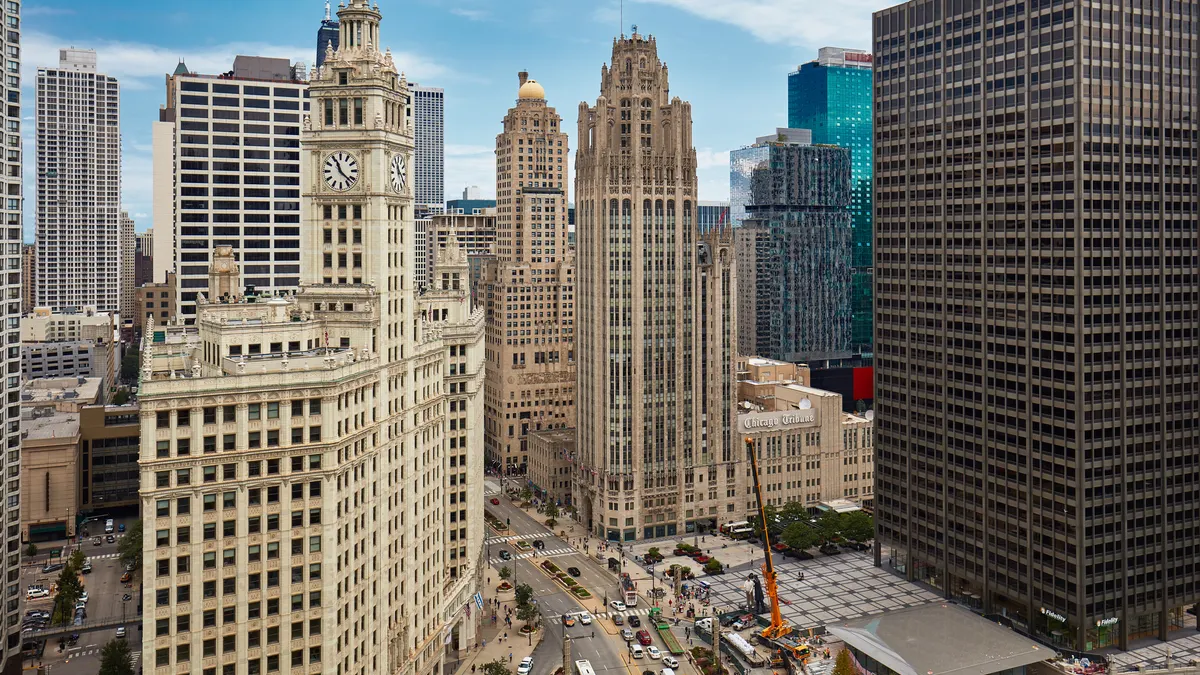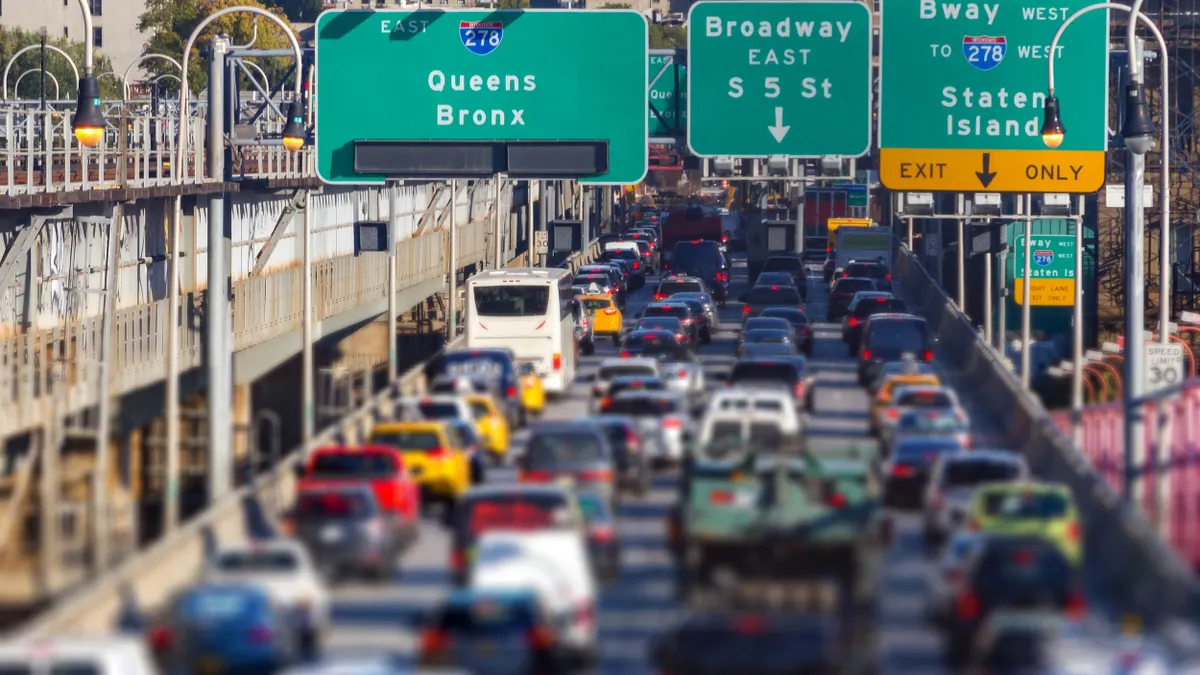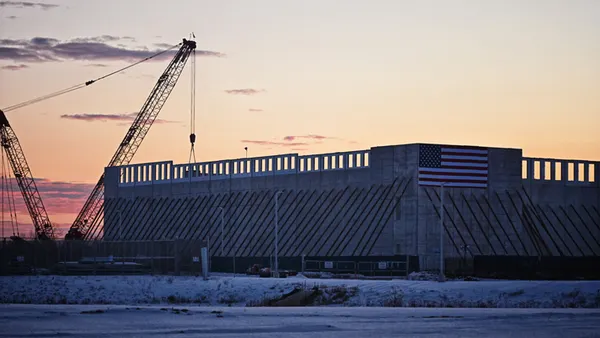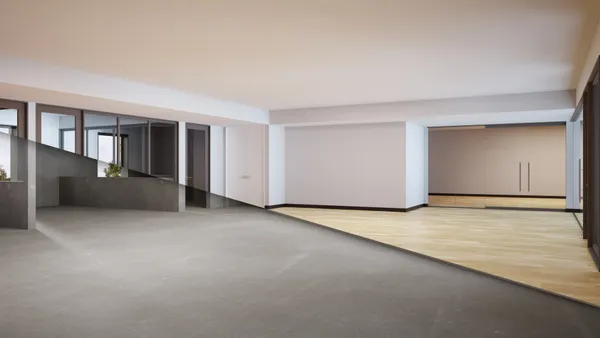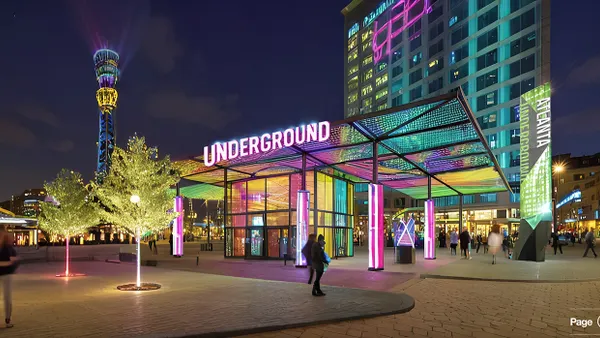In the early hours of the morning, through a wooden revolving door, the Pittsfield Cafe bustles in downtown Chicago. If you look up from your plate of flapjacks, you’ll notice that much of its historic home, the 38-story Pittsfield Building, is vacant office space.
That could change soon, however, as the Chicago City Council recently approved the Art Deco skyscraper built in 1927 to be converted into 214 residential apartments, adding to the 228 apartments previously approved.
As the nation reels from a housing crisis, office-to-housing conversions are taking off in cities across the country. New York City, for example, saw annual office conversions surge from 1.6 million square feet in 2023 to 3.3 million square feet last year.
Illinois Policy, a nonpartisan advocacy organization, says Chicago — which faces an affordable housing shortfall of roughly 100,000 homes — could do more to follow New York’s lead.
“Chicago’s commercial vacancies could help its residential shortage if policymakers are willing to make it a priority,” the organization said in a recent analysis.
Chicago currently has a greater proportion of vacant downtown office space than New York City — estimated at 28% compared with New York’s 13%.
Unlike New York, Chicago takes “a more narrow, case-by-case approach” to financial assistance for office-to-residential conversion projects, IP stated.
There are currently at least 11 planned office conversion projects in the works in Chicago, many part of the city’s plans to revitalize the LaSalle Street corridor, bringing 1,765 units of mixed-income housing to its downtown and repurposing 2 million square feet of vacant space.
Illinois Policy provided three recommendations for how the city could encourage more office-to-housing conversions downtown:
- Revise the city’s Affordable Requirements Ordinance, which currently requires residential projects with more than 10 units to make 20% of the units affordable. The city should instead embrace a property tax abatement model New York City uses, IP said.
- Make commercial-to-residential conversions a larger part of the city’s long-term downtown growth plan, which aims to revitalize the downtown area as a neighborhood and “not just as a business.”
- Streamline zoning approvals and remove regulatory barriers that “slow the process.”
“Converting empty office space into housing won’t solve Chicago’s housing shortage overnight, but it can make a meaningful dent while revitalizing the city’s commercial core,” Illinois Policy stated.
The new apartments in the Pittsfield Building will be a mix of studio, one-, two- and three-bedroom units, Block Club Chicago reported. Per the Affordable Requirements Ordinance, 20% will be affordable.



